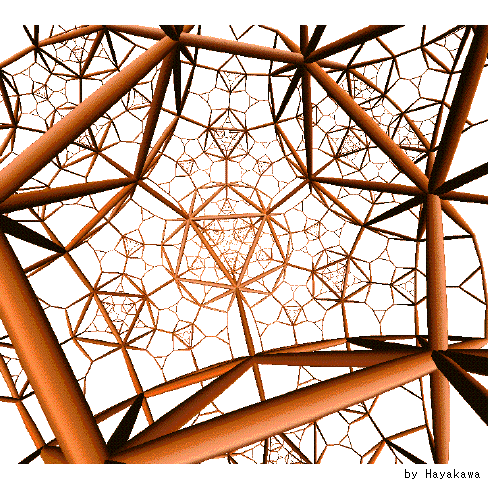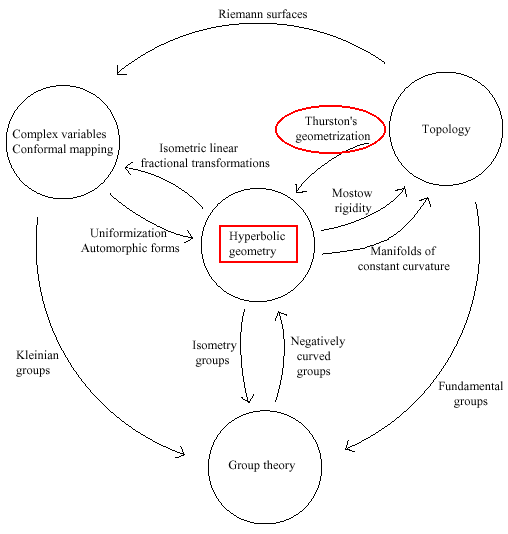|
to understand as an undefined term. In any case, it is imposible to make infinity as a mathematical subject. infinity itself. postulate perfectly. But he relied on his own supposition about infinity itself. Also he judged the geometry stands up by insight without evidence. choosing a certain metric. But to give metric sounds intentional and not inevitable. geometry following Klein's Erlangen Programme. Be that as it may, we still feel something kile a conjuring trick. theory. has the hyperbolic geometry. |

